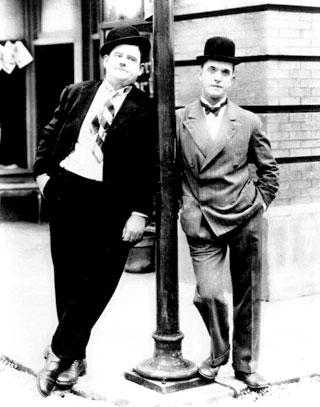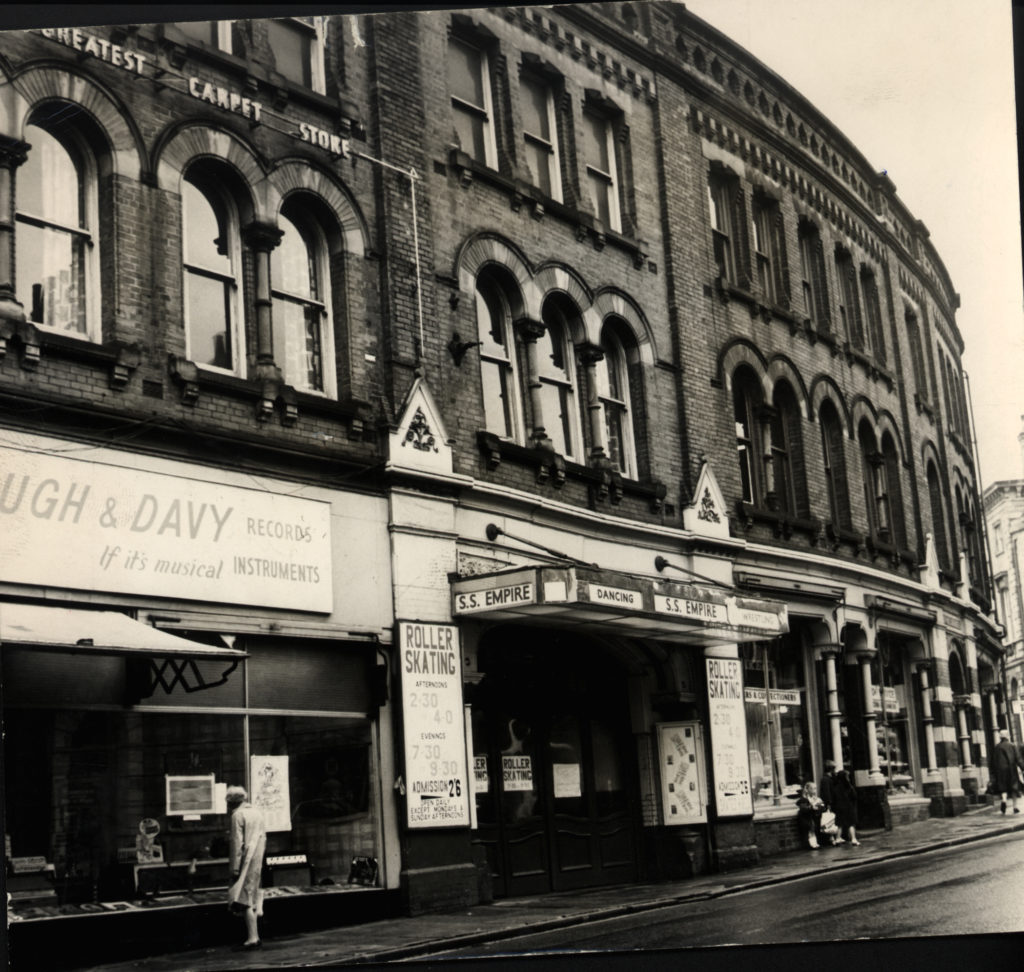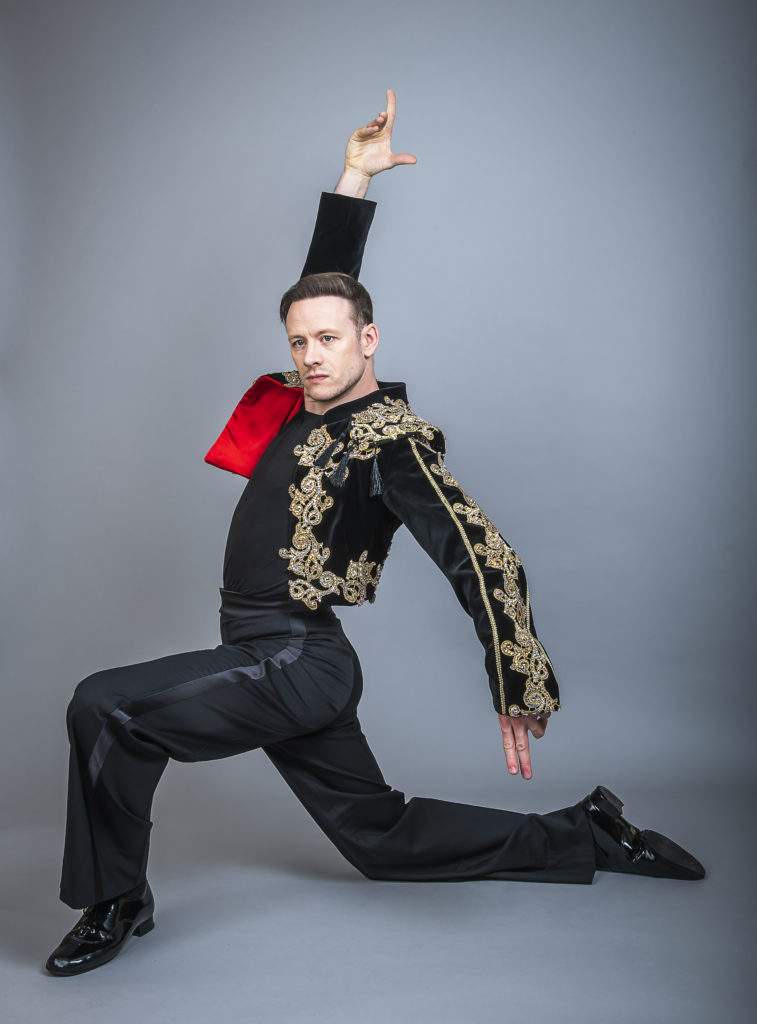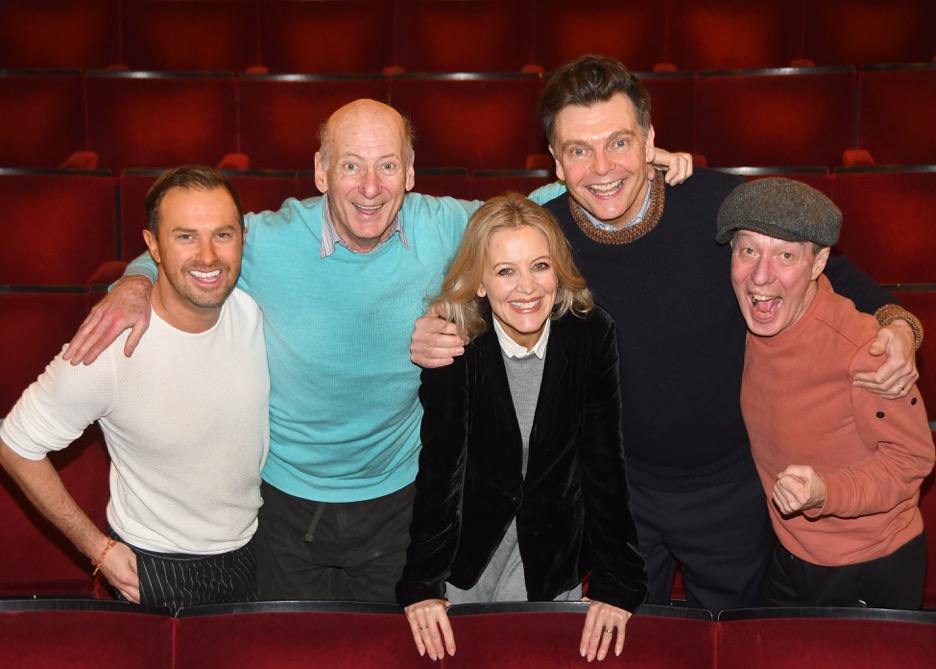
TODAY is World Theatre Day, although the day-to-day world of theatre has ground to a shuddering halt, its stages silenced by the Coronavirus pandemic.
Nevertheless, today is still the chance to celebrate Shakespeare’s sentiment in As You Like It that “All the world’s a stage”.
Shakespeare’s Melancholy Jaques went on to mull over exits and entrances, how one man in his time plays many parts, his acts being seven ages. Let’s turn that life model to theatre itself, and none more so than the Grand Opera House in York, a theatre, a building, a site, that has been through so many ages, so many stages, that seven would be an underestimate.

Its life before theatre can be traced back to 71AD as part of the Roman Quayside; 450AD, a nunnery; and Victorian days as a “sink or stew”, brothels, crowded slum housing, until the area was cleaned.
The Grand Opera House building in Cumberland Street began life as a Corn Exchange, designed in 1868 by architect G A Dean to double as a concert room, hence an ornate blue/vermillion/ gold gilding colour scheme.
Conversion to a 1,540-capacity theatre followed in 1901, undertaken by theatrical manager William Peacock, who presented the first performance at the Grand Theatre and Opera House, as it was first named, on January 20 1902 when Australian music hall entertainer Florrie Forde starred in Little Red Riding Hood.

The 1916 introduction of the Amusement Tax was not amusing, putting all theatres at risk, but The Empire, as it was now known, survived. Charlie Chaplin, Gracie Fields, Lillie Langtry and Marie Lloyd played there; so too, later, did Vera Lynn, Laurel and Hardy, on their last tour, and Morecambe and Wise.
A huge rates increase in 1945 ruined the theatre, forcing Marie Blanche, Peacock’s daughter, to end 44 years of family ownership by selling it to F.J. Butterworth. Audiences declined against the competition of television, to the point where the theatre closed in 1956, blaming the “crippling entertainment tax, when TV pays no tax”.
Ernest Shepherd of Shambles acquired the theatre in 1958, duly adding the ‘S’ and ‘S’ to the Empire name, removing the stage and levelling the stalls floor for roller-skating, wrestling and bingo.

The end of Empire days came in 1985, but after the India Pru Company acquired the building in 1987, Henley-on-Thames architect Gordon J Claridge was given the brief to restore it to its 1909 glory. The Art Nouveau wallpaper was copied; the chandelier duplicated; the carpets rewoven from the original pattern with the Grand Opera House motif added to the design.
Stalls boxes were restored and a new stage built; the Clifford Street entrance was turned into a box office; Cumberland Street became the main entrance. The £4 million renovation complete, the theatre re-opened on September 26 1989 as the Grand Opera House, but tempted fate by presenting Macbeth – traditionally a harbinger of bad luck in the theatre world – as the first production, 33 years since the last professional stage performance.
Only two years later, the theatre closed suddenly, staff arriving to find the doors locked, as the curse of Macbeth did indeed strike.
E&B Productions brought to an end two and a half years of darkness after acquiring the premises for a nominal sum, re-opening the theatre on February 26 1993, since when the Grand Opera House has remained open, hindered only occasionally by the River Ouse in flood.

The theatre’s ownership passed from E&B Productions to Apollo Leisure in 1995 and American company SFX in 1999. After SFX merged with Clear Channel in 2000, and later set up a new company, Live Nation, to focus on live entertainment, in 2006, the latest change of hands came in 2010 when Britain’s largest owner/operator of theatres, the Ambassador Theatre Group added the York theatre to their roster.
The ownership baton may be passed on, but each has favoured a programme of lavish musicals, often straight from the West End; stand-up comedy; opera; ballet; dance; concerts; tribute acts; celebrity talks; classic theatre; new plays; in-house youth theatre summer projects; myriad shows by York stage companies and a star-studded commercial pantomime each Christmas.
Priscilla Queen Of The Desert, Cabaret, Chicago, Jesus Christ Superstar, The Rocky Horror Show, Blood Brothers, Legally Blonde and Once The Musical; the Royal Shakespeare Company in The Winter’s Tale; the National Theatre’s The Curious Incident Of The Dog In The Night-Time, Hedda Gabler and Jane Eyre; The Waterboys, Antony & The Johnsons, Adele at 19, Echo & The Bunnymen; Ken Dodd so many times, Danny La Rue, Ross Noble, Jimmy Carr, Paul Merton, Julian Clary; Sir Ian McKellen, on his 80th birthday solo tour. The list goes on…

In the deepening shadow of Coronavirus, we await to discover when that list will start up again, but let us hope that once more we can gather for such upcoming shows as The Commitments, from October 26 to 31 and Strictly Ballroom, with Strictly Come Dancing’s Kevin Clifton, from November 23 to 28.
Come the winter, all eyes will be on Berwick Kaler as the grand old dame of York becomes the Grand’s new dame after his crosstown transfer, with villain David Leonard, perennial principal girl Suzy Cooper, comic stooge Martin Barrass and luverly Brummie A J Powell in tow, for Dick Turpin Rides Again from December 12 to January 10.
There to greet them and you, unmoved by the tide of theatre history, will be the Grand Opera House ghost: a nun in the Dress Circle.
Happy World Theatre Day, but happier still when theatre days and nights can return.
Charles Hutchinson
